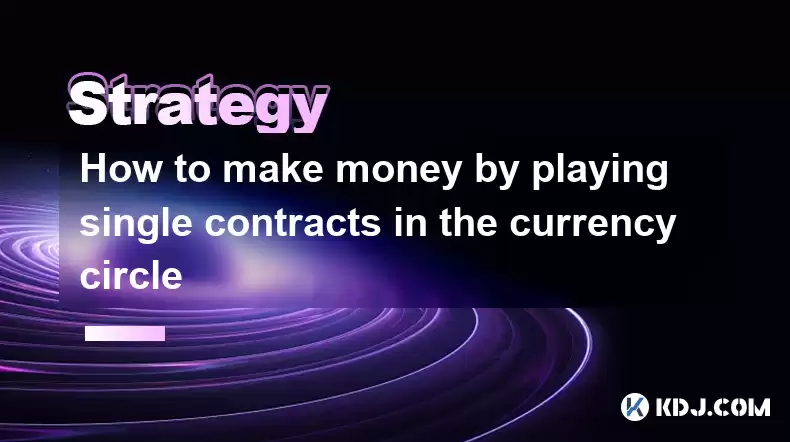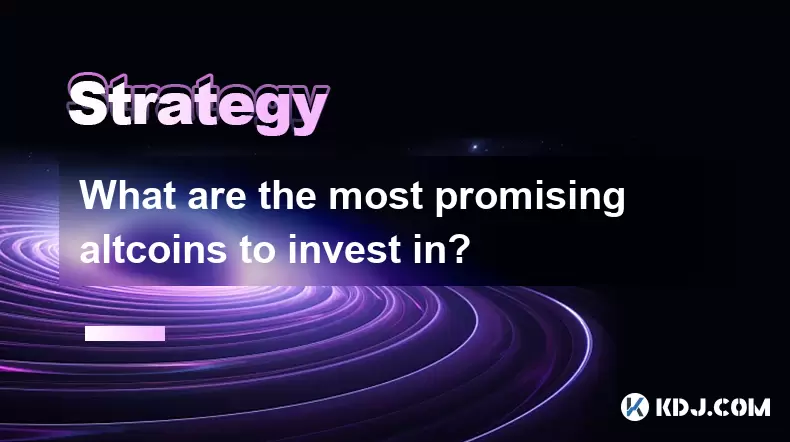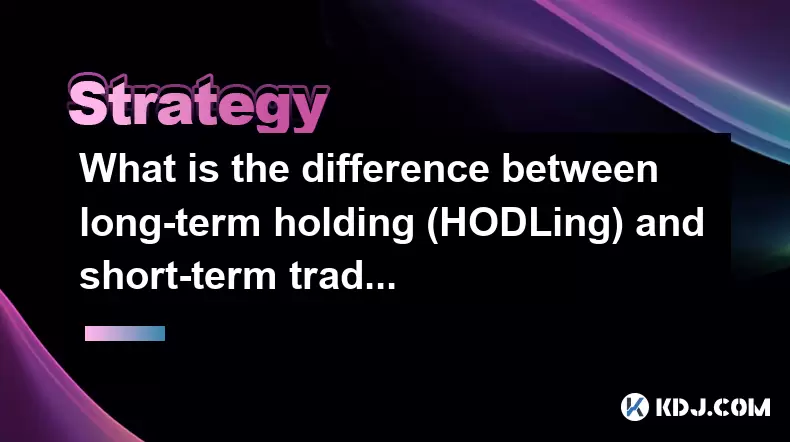-
 Bitcoin
Bitcoin $117800
0.49% -
 Ethereum
Ethereum $4432
0.55% -
 XRP
XRP $3.106
1.07% -
 Tether USDt
Tether USDt $1.001
0.01% -
 BNB
BNB $835.8
1.74% -
 Solana
Solana $189.1
2.72% -
 USDC
USDC $0.9999
-0.01% -
 Dogecoin
Dogecoin $0.2302
3.65% -
 TRON
TRON $0.3485
-0.69% -
 Cardano
Cardano $0.9212
-0.91% -
 Hyperliquid
Hyperliquid $46.97
1.45% -
 Chainlink
Chainlink $22.77
5.61% -
 Stellar
Stellar $0.4284
0.82% -
 Sui
Sui $3.766
2.82% -
 Bitcoin Cash
Bitcoin Cash $583.5
-0.82% -
 Ethena USDe
Ethena USDe $1.001
0.03% -
 Hedera
Hedera $0.2512
2.78% -
 Avalanche
Avalanche $24.18
2.27% -
 Litecoin
Litecoin $120.2
2.10% -
 Toncoin
Toncoin $3.450
1.96% -
 UNUS SED LEO
UNUS SED LEO $9.412
-0.92% -
 Shiba Inu
Shiba Inu $0.00001298
2.35% -
 Uniswap
Uniswap $10.99
3.75% -
 Polkadot
Polkadot $3.962
3.09% -
 Dai
Dai $1.000
0.00% -
 Bitget Token
Bitget Token $4.643
1.38% -
 Cronos
Cronos $0.1511
-0.08% -
 Ethena
Ethena $0.7246
3.18% -
 Monero
Monero $254.9
7.90% -
 Pepe
Pepe $0.00001100
3.32%
How to make money by playing single contracts in the currency circle
In the currency circle, single contracts offer speculative opportunities on cryptocurrency price movements, allowing traders to employ trading strategies such as trend following, mean reversion, or scalping.
Jan 12, 2025 at 07:56 am

Key Points:
- Understanding the concept of single contracts in the currency circle
- Identifying trading strategies for single contracts
- Risk management and position sizing
- Execution strategy and market timing
- Troubleshooting potential pitfalls
Step 1: Understanding Single Contracts in the Currency Circle
Single contracts, also known as futures contracts, are agreements to buy or sell a specific cryptocurrency at a predetermined price on a future date. In the currency circle, single contracts represent a speculative play on the price movement of the underlying cryptocurrency. Traders can enter into single contracts, expecting either a future increase in price (long position) or decrease in price (short position).
Step 2: Identifying Trading Strategies for Single Contracts
Various trading strategies can be employed to profit from single contracts. Here are a few common approaches:
- Trend Following: Entering trades that align with the prevailing market trend and holding positions until the trend reverses.
- Mean Reversion: Identifying extreme prices deviations and trading the retracement towards the mean.
- Channel Trading: Establishing trading ranges and executing trades on price bounces within those ranges.
- Scalping: Rapidly entering and exiting trades to capture small profit margins.
- Arbitrage: Exploiting price discrepancies between different exchanges or trading pairs.
Step 3: Risk Management and Position Sizing
Risk management is paramount when trading single contracts. The high leverage inherent in these contracts can amplify both profits and losses. Determining an appropriate position size is crucial based on risk tolerance and trading capital. Consider the following guidelines:
- Use a max leverage within 10-20x your trading capital.
- Limit the risk to a small percentage (2-5%) of your trading account.
- Employ stop-loss orders to mitigate potential losses.
- Manage open positions by regularly adjusting position size, leverage, and take-profit targets.
Step 4: Execution Strategy and Market Timing
Effective trade execution and market timing play a significant role in profitability. Consider the following best practices:
- Enter trades during market volatility: Periods of high volatility present ample trading opportunities.
- Leverage breakouts: Position yourself for profit by identifying and entering trades when a cryptocurrency breaks through key resistance or support levels.
- Utilize technical indicators: Employ technical analysis to identify trading signals, such as trend lines, moving averages, and oscillators.
- Trade with the trend: Generally, it's safer and more profitable to trade in line with the prevailing market trend.
- Have a clear exit plan: Define exit strategies, including take-profit targets and stop-loss levels, before executing trades.
Step 5: Troubleshooting Potential Pitfalls
Forex trading involves inherent risks, and potential pitfalls should be addressed proactively. Here are common problems to be aware of:
- Overtrading: Avoid excessive trading to mitigate risk and enhance focus.
- Emotional trading: Remove emotions from trading decisions and strictly adhere to trading strategies.
- Lack of bankroll management: Manage your trading capital effectively by adhering to proper position sizing and risk management guidelines.
- Chasing losses: Avoid trying to recover losses through impulsive trades, as this can exacerbate the situation.
FAQs:
Q: Is trading single contracts profitable?
A: Yes, trading single contracts can be profitable, but it requires knowledge, skill, and effective risk management.
Q: What is the minimum capital required to trade single contracts?
A: The minimum capital required depends on the trading exchange and the selected leverage. Typically, it ranges from a few hundred dollars to several thousand dollars.
Q: What is the best trading strategy for single contracts?
A: The best trading strategy depends on market conditions and trader preference. Trend following, mean reversion, and channel trading are popular approaches.
Q: How to manage risk when trading single contracts?
A: Risk management involves determining appropriate position size, setting stop-loss levels, and managing leverage.
Q: Can you make a living trading single contracts?
A: Making a living trading single contracts requires extensive knowledge, substantial trading capital, and exceptional risk management skills.
Disclaimer:info@kdj.com
The information provided is not trading advice. kdj.com does not assume any responsibility for any investments made based on the information provided in this article. Cryptocurrencies are highly volatile and it is highly recommended that you invest with caution after thorough research!
If you believe that the content used on this website infringes your copyright, please contact us immediately (info@kdj.com) and we will delete it promptly.
- Kazakhstan's Crypto Leap: Bitcoin ETF and Central Asia's Digital Finance Future
- 2025-08-13 12:45:19
- BlockDAG Presale Blazes Past $371M: Fundraising Frenzy Fuels Crypto Sensation
- 2025-08-13 13:05:21
- Meme Coins: Chasing the 2025 Surge – Which Will Moonshot?
- 2025-08-13 10:25:23
- Bitcoin's Wild Ride: Rally, Pullback, and What's Next
- 2025-08-13 10:25:23
- Bitcoin, Bitmax, and Institutional Demand: A New Era of Crypto Investment
- 2025-08-13 10:45:12
- Solana, ROAM, and Airdrops: What's the Buzz in 2025?
- 2025-08-13 11:35:13
Related knowledge

How to use stop-loss orders to limit potential losses?
Aug 08,2025 at 02:01pm
Understanding Stop-Loss Orders in Cryptocurrency TradingA stop-loss order is a risk management tool used by traders to automatically sell a cryptocurr...

What are the most promising altcoins to invest in?
Aug 10,2025 at 11:42am
Understanding the Role of Private Keys in Cryptocurrency WalletsIn the world of cryptocurrency, private keys are the cornerstone of ownership and cont...

Should I invest in Bitcoin or altcoins?
Aug 13,2025 at 11:35am
Understanding Bitcoin and AltcoinsWhen deciding whether to invest in Bitcoin or altcoins, it's essential to first understand what each represents. Bit...

What are the most important metrics to look at when evaluating a cryptocurrency?
Aug 13,2025 at 11:36am
Market Capitalization: Understanding the Total ValueWhen evaluating a cryptocurrency, market capitalization is one of the most foundational metrics. T...

How to read cryptocurrency charts and use technical analysis?
Aug 08,2025 at 11:08am
Understanding the Basics of Cryptocurrency ChartsCryptocurrency charts are graphical representations of price movements over time. These charts are es...

What is the difference between long-term holding (HODLing) and short-term trading?
Aug 10,2025 at 05:30pm
Understanding HODLing in the Cryptocurrency SpaceThe term HODL originated from a typo in a 2013 Bitcoin forum post and has since become a widely accep...

How to use stop-loss orders to limit potential losses?
Aug 08,2025 at 02:01pm
Understanding Stop-Loss Orders in Cryptocurrency TradingA stop-loss order is a risk management tool used by traders to automatically sell a cryptocurr...

What are the most promising altcoins to invest in?
Aug 10,2025 at 11:42am
Understanding the Role of Private Keys in Cryptocurrency WalletsIn the world of cryptocurrency, private keys are the cornerstone of ownership and cont...

Should I invest in Bitcoin or altcoins?
Aug 13,2025 at 11:35am
Understanding Bitcoin and AltcoinsWhen deciding whether to invest in Bitcoin or altcoins, it's essential to first understand what each represents. Bit...

What are the most important metrics to look at when evaluating a cryptocurrency?
Aug 13,2025 at 11:36am
Market Capitalization: Understanding the Total ValueWhen evaluating a cryptocurrency, market capitalization is one of the most foundational metrics. T...

How to read cryptocurrency charts and use technical analysis?
Aug 08,2025 at 11:08am
Understanding the Basics of Cryptocurrency ChartsCryptocurrency charts are graphical representations of price movements over time. These charts are es...

What is the difference between long-term holding (HODLing) and short-term trading?
Aug 10,2025 at 05:30pm
Understanding HODLing in the Cryptocurrency SpaceThe term HODL originated from a typo in a 2013 Bitcoin forum post and has since become a widely accep...
See all articles

























































































